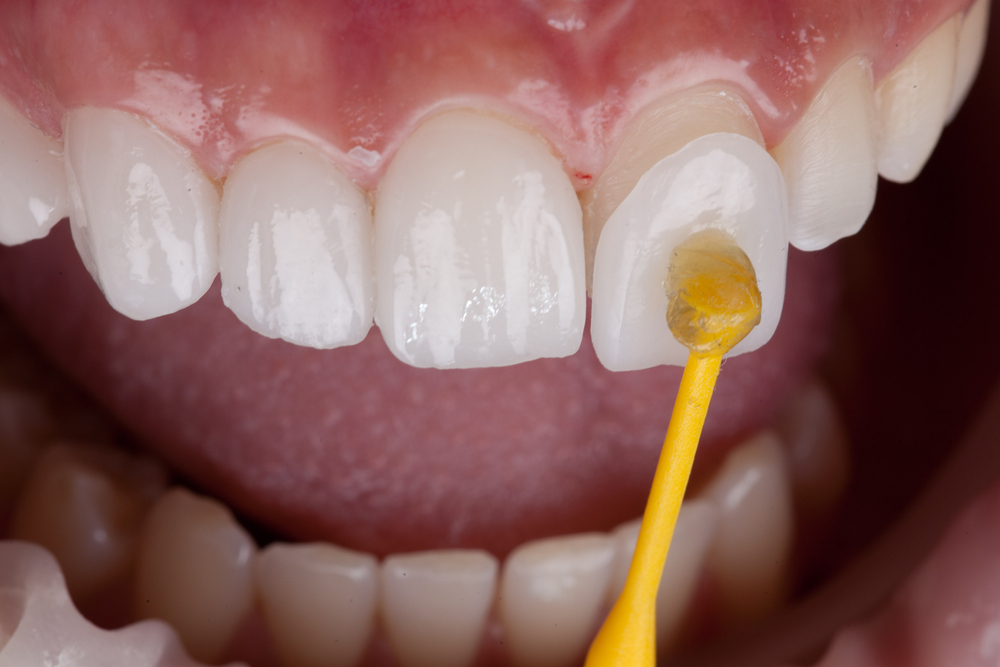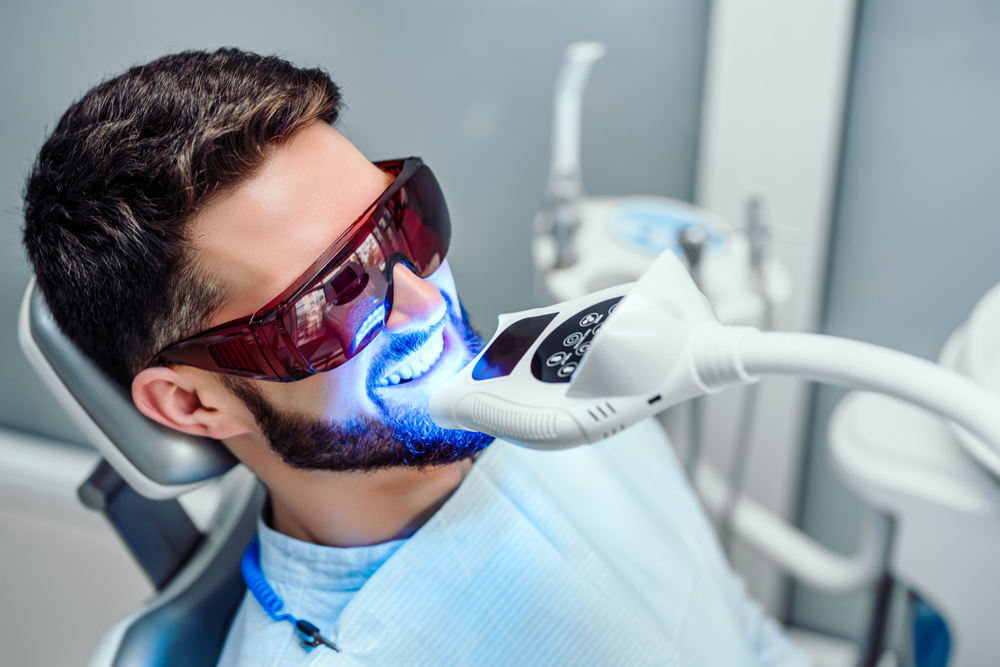Our teeth are like the unsung heroes of our body. Day in and day out, they help us enjoy our favorite foods, articulate our words when we chat with friends, and give us confidence when we smile for a photo. But like the screen of a smartphone or a well-used pair of shoes, our teeth aren’t invincible. They too can experience injuries.
Whether it’s a tiny crack that’s hard to see or a tooth that’s broken right at the gumline, these injuries need attention. Why? Because our oral health is a big part of our overall well-being. Think of it like this: just as you wouldn’t ignore a scratch on your brand-new car, you shouldn’t overlook even minor dental injuries. Catching and treating these issues early can save a lot of hassle and pain down the line.
Differentiating Between Dental Injuries
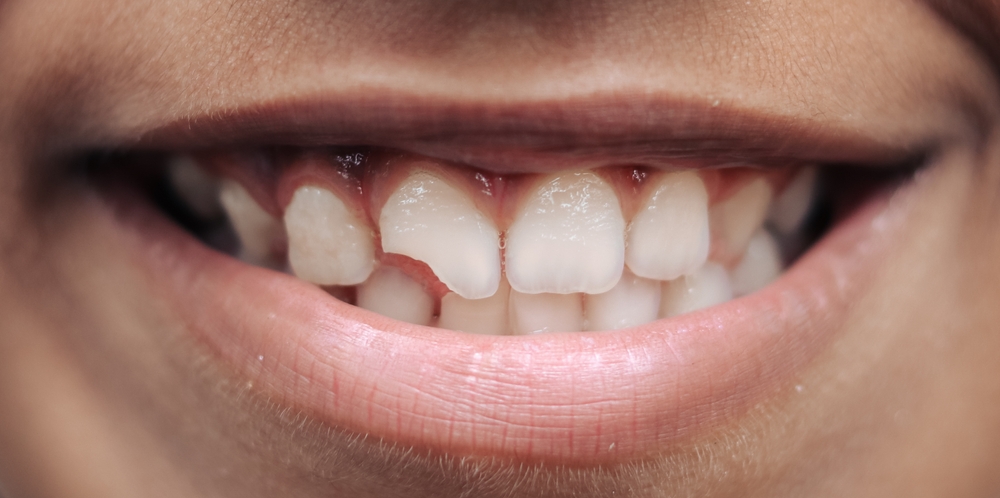
Broken Teeth
- The Nature of Broken Teeth: Picture this – you’re at a family gathering, and someone accidentally drops a beautiful porcelain vase. It shatters into large pieces on the floor. That’s what broken teeth are like. They’re not just tiny cracks; they’re noticeable, and they definitely need fixing.
- Difference from Other Injuries: A broken tooth is like the hole in your favorite pair of jeans – it’s pretty obvious. Unlike the tiny wear and tear or a slight discoloration, broken teeth are serious dental issues that often come with pain and need immediate attention.
Cracked Teeth
- Unraveling the Mystery: You’ve probably seen those windows with thin, spider-web-like lines running across them. They haven’t shattered, but they’re not perfectly intact either. That’s what cracked teeth are like. The cracks might not be causing a problem now, but they make the teeth weaker.
- Healing Possibilities: We often hope that like a tiny cut on our finger, cracked teeth might just heal themselves. But here’s the truth: they don’t. However, don’t be disheartened! Modern dentistry has various treatments to manage and repair cracked tooth enamel, ensuring they don’t lead to bigger issues.
Fractured Teeth
- More Than Just Cracks: If you thought cracked teeth sounded bad, fractured teeth take it a notch higher. It’s like that deep, threatening crack in a dam wall, hinting that it might burst any moment.
- Implications of Untreated Fractures: Just like you wouldn’t ignore a major crack in your home’s foundation, you shouldn’t let fractured teeth go unchecked. They can lead to serious pain, sensitivity, and even infections if left untreated.
Crazed Lines
- Getting to Know Them: Have you ever noticed those almost invisible lines on a polished piece of metal or a shiny car’s surface under bright light? Those are like crazed lines on our teeth – super tiny cracks only on the surface.
- Health Impact: They might seem harmless, and often, they are. But here’s the catch: if your teeth are showing crazed lines, it’s a sign they’re under some sort of stress. While crazed lines themselves might not be the villain, they could be a heads-up that more noticeable injuries like broken teeth might be on the horizon.
Chipped Teeth
- Common Causes: Imagine using a pencil to write, and the tip breaks off. That’s what happens when a tooth is chipped. It could be because of biting into something super hard or maybe an accident during a fun game of basketball.
- Effects on Dental Health: While a chipped tooth might not scream ’emergency!’ it’s still a concern. It might not hurt, but the chip could lead to other injuries or even affect how you feel about your smile. After all, everyone loves a complete, confident grin, right?
When Dental Work Breaks: Cracked Crowns and Cracked Fillings
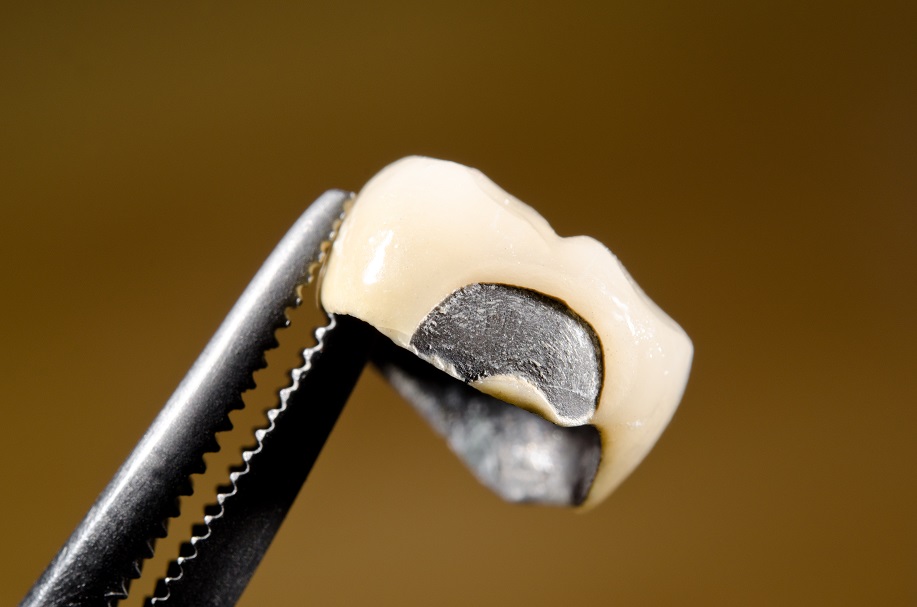
You know how sometimes you have a favorite toy or gadget, and after some time, it starts to show wear and tear? Dental repairs like crowns and fillings are a bit like that. They’re brilliant solutions when we have dental injuries or decay, but they don’t have superhero invincibility. Over time, with all the munching, crunching, and occasional accidental biting of the inside of our cheek (ouch!), these restorations can crack.
As dentists, we measure the success of a dental restoration by the number of meals it eats. Just like the tires on your car may travel 40,000 miles before needing replacement, a dental crown may give you 10,000 meals. On average, you may consume 1,000 meals per year. At that rate, you might expect a typical dental crown to last 10 years with proper care and good hygiene.
- Cracked Crown: A crown is like a protective hat for your tooth, especially when it has had a major procedure or injury. But sometimes, due to various reasons, this protective shield can crack. And, just like you wouldn’t want to wear a helmet with a crack while biking, you wouldn’t want a tooth with a cracked crown without getting it checked out.
- Cracked Filling: Fillings are a bit like patches on a well-worn pair of jeans. They cover up the holes and make things functional again. However, just as those patches can wear out, so can fillings. When they crack, they can expose the tooth to further decay or become a breeding ground for bacteria.
Ignoring these issues isn’t the best game plan. If you’re feeling discomfort, sensitivity, or even pain around a tooth that has a crown or filling, it might be time for a dental check-up. Letting these problems slide might lead to more significant issues like deeper cracked enamel or, worse, infections.
Recognizing the Signs of Dental Injury

Imagine driving your car and suddenly noticing the fuel light on. It’s a sign you need to refill the tank. Similarly, our teeth give us signs when something’s not right. It’s essential to recognize these signs early on because, like taking care of a tiny scratch on your car before it rusts, addressing dental injuries early makes a world of difference.
- Sensitivity or Pain: Ever sipped on a cold drink and felt like a bolt of lightning hit your tooth? Or had a bite of hot pie and felt a sting? These could be signs of cracks or broken teeth at gumline. Teeth aren’t supposed to hurt or feel too sensitive, so if they do, it’s a red flag.
- Rough or Sharp Edges: Sometimes, when teeth are injured, they can feel rough to the touch or even have sharp edges. If you ever feel something sharp or uneven with your tongue or finger, it could be a crack, chip, or break.
- Visible Signs: While some dental injuries hide well, others are pretty noticeable. Black broken teeth, teeth broken at gum line, or even just a discoloration can all be signs of underlying issues.
Remember, our teeth are trying to communicate with us. Catching a small crack on teeth or spotting a tiny chip early can save us from bigger issues later on. Think of it as being a detective, but instead of solving mysteries, you’re ensuring your smile remains bright and healthy!
The Dangers of Ignored Dental Injuries

You wouldn’t ignore a leak in your house’s roof, would you? A small drip can turn into a downpour, causing all sorts of damage. Similarly, minor dental injuries can snowball into big problems if left unchecked.
- Broken Teeth in Gums: Picture this – a fortress with a tiny crack in its wall. Over time, enemies can exploit this crack, eventually breaking down the entire fortress. In the same way, broken teeth in the gums can become pathways for bacteria to invade, leading to painful and potentially harmful infections.
- Teeth Broke Off at Gum Line: When a tree is chopped down but the stump remains, it can rot, attracting pests. Similarly, teeth that have broken off at the gum line can become difficult to clean and can host bacteria, leading to decay and gum disease. Plus, it can make simple joys like eating your favorite meal or having a cold drink a painful ordeal.
- Black Broken Teeth: Think of this as a red flashing light. Black broken teeth aren’t just unsightly; they usually indicate severe decay. When teeth turn black, it often means the inner parts of the tooth, which are supposed to be protected, are exposed and decaying. This can lead to bad breath, pain, and can even affect your overall health.
Special Cases: Wisdom Teeth Woes
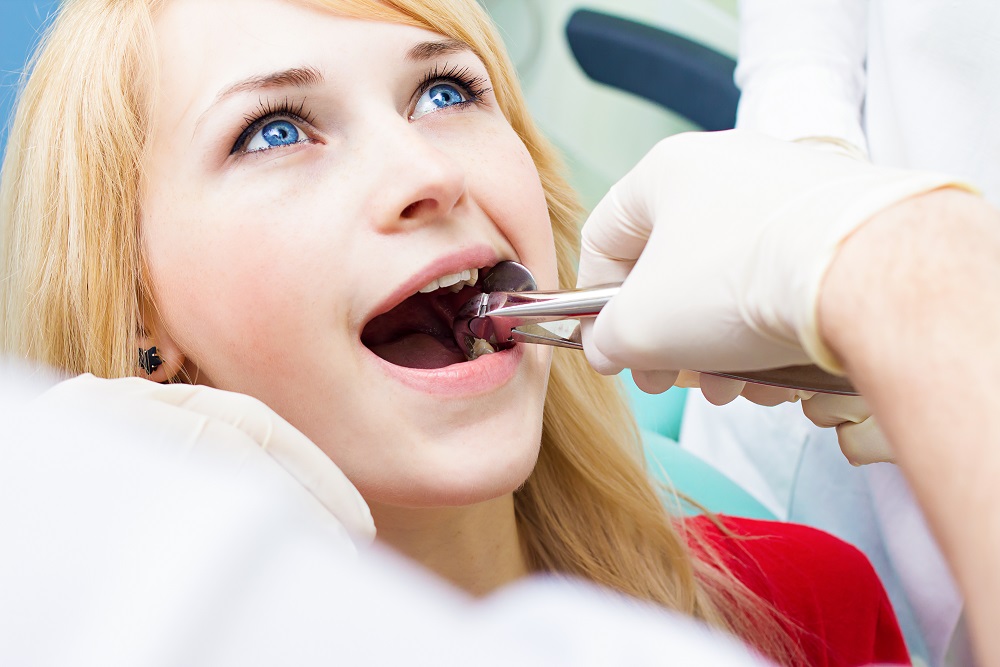
Remember the awkwardness of puberty? Late voice changes, growth spurts when you least expected them? Wisdom teeth are the dental version of that. They’re the last to show up, sometimes in our late teens or early twenties, and they often bring along a set of unique challenges.
- Broken Wisdom Teeth: Wisdom teeth, due to their location at the very back of our mouths, can be tricky. If they break, they can be tough to clean with regular brushing or flossing. This makes them a prime spot for food particles to get trapped, leading to decay or even gum infections.
- Wisdom Teeth Broken Below the Gum: Sometimes, wisdom teeth don’t fully emerge. They can break or remain partially hidden beneath the gums. This situation can create pockets where bacteria thrive, causing problems like gum swelling, pain, and infections.
The stories of our wisdom teeth can be as varied as our own life stories. Whether they emerge smoothly or come with a set of complications, it’s crucial to keep an eye on them and consult with dental professionals like those at Smile Science Dental Spa, who can guide us through any wisdom teeth challenges we might face.
Cosmetic Concerns: Dealing with Visible Injuries

Imagine you’re all set for a picture-perfect moment. The sun’s hitting just right, you’re feeling great, but then you hesitate to give a full smile because of visible dental injuries. It’s not just about vanity. Our smiles play a huge role in our self-confidence and how we present ourselves to the world.
- Front Teeth Broken: Front teeth are like the leading actors of our dental ensemble. When they’re broken or chipped, it can significantly affect our appearance. Whether from an accidental fall or biting into something hard, broken front teeth can be a source of embarrassment for many.
- Multiple Broken Teeth: Just like a necklace with multiple broken links, having several broken teeth can draw more attention and potentially affect the way we talk or eat.
But here’s the good news! Modern dentistry, with its advancements, offers a variety of solutions. From porcelain veneers to dental implants, there are multiple ways to get that picture-perfect smile back.
Healing and Treatment Options

Nature has its way of healing cuts and bruises on our skin. But what about our teeth? While they don’t regenerate or heal like a minor skin wound, the dental world isn’t behind in providing fixes.
- Cracked Tooth Enamel: “Can a cracked tooth heal on its own?” is a frequently asked question. The short answer is no, the enamel of teeth is unable to repair itself. However, treatments like bonding or veneers can help seal these cracks, preventing them from worsening and providing a smooth tooth surface.
- Broken Teeth at the Gumline: This might sound like a dental nightmare, but with the progress in dental procedures, it’s more like a minor hiccup. Dental crowns or implants can replace the broken portion, giving the appearance and function of a natural tooth.
- Part of Teeth Broken: If it’s just a part of the tooth that’s broken, procedures like dental bonding or inlays and onlays can restore the tooth’s shape and function. Think of it as patching up a beloved teddy bear – it might not be the original piece, but it looks and feels just as good.
Whether it’s a tiny crack or a significant break, dental solutions are at hand. But remember, the key is to act fast and consult professionals. Dental injuries, like any other health concern, benefit from early intervention.
Prevention is Better Than Cure

We’ve all heard that old saying, right? Well, it couldn’t be more accurate when it comes to dental health. Why deal with the hassle of injuries and treatments when some simple daily habits can keep those pesky problems at bay?
- Brushing and Flossing: These aren’t just bedtime routines to keep your parents or partner happy. They’re your teeth’s first line of defense against food particles that can lead to plaque, decay, and eventually, injuries like cracks and breaks. It’s like cleaning up after a meal – you wouldn’t leave food scraps on the table, so why leave them on your teeth?
- Diet Watch: While occasional candy or popcorn isn’t a villain, constantly munching on hard foods or using your teeth as tools (yes, that means no opening bottle caps with them) can expose them to unnecessary risks. Remember, your teeth are champions at chewing, not cracking nuts or acting as scissors!
When to Seek Professional Help
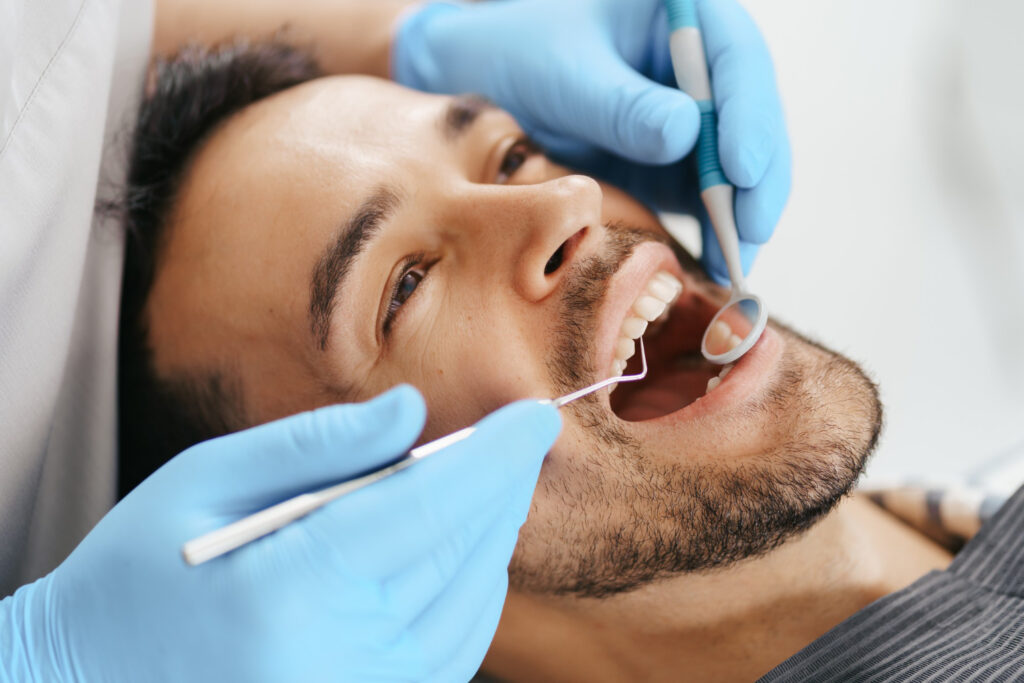
Our teeth might be strong, but they’re not exactly the chatty type. They won’t always shout out when there’s a problem. That’s why regular check-ins with professionals can make all the difference.
- Regular Dental Visits: Think of them as wellness retreats for your teeth. They’re opportunities for dental experts to spot early signs of issues like cracked enamel or broken teeth lurking beneath the surface. It’s kind of like finding out about a leak before it floods your home – super handy, right?
- Dental Spas: The name might make you think of fragrant candles and soft music, but dental spas like Smile Science Dental Spa offer so much more. They combine the tranquility of a spa with top-notch dental care. So, while you relax, your teeth get the VIP treatment they deserve.
How Smile Science Dental Spa Can Help
Picture this: a world where dental health is prioritized as much as our weekend plans or favorite TV shows. Sounds dreamy, right? The good news is, it’s entirely achievable. Dental health isn’t about reacting to problems but proactively maintaining and cherishing what you have. From a tiny chip to a significant break, there’s no problem too big or small for dedicated professionals. And speaking of dedicated professionals, over at Smile Science Dental Spa in Glendale, AZ, Dr. Richard Dawson and Dr. John Turke are always ready with a solution. Covering the full scope of dental issues and treatments, they ensure that your smile remains as radiant as ever. Don’t leave your dental health to chance; give it the care and attention it rightfully deserves.



